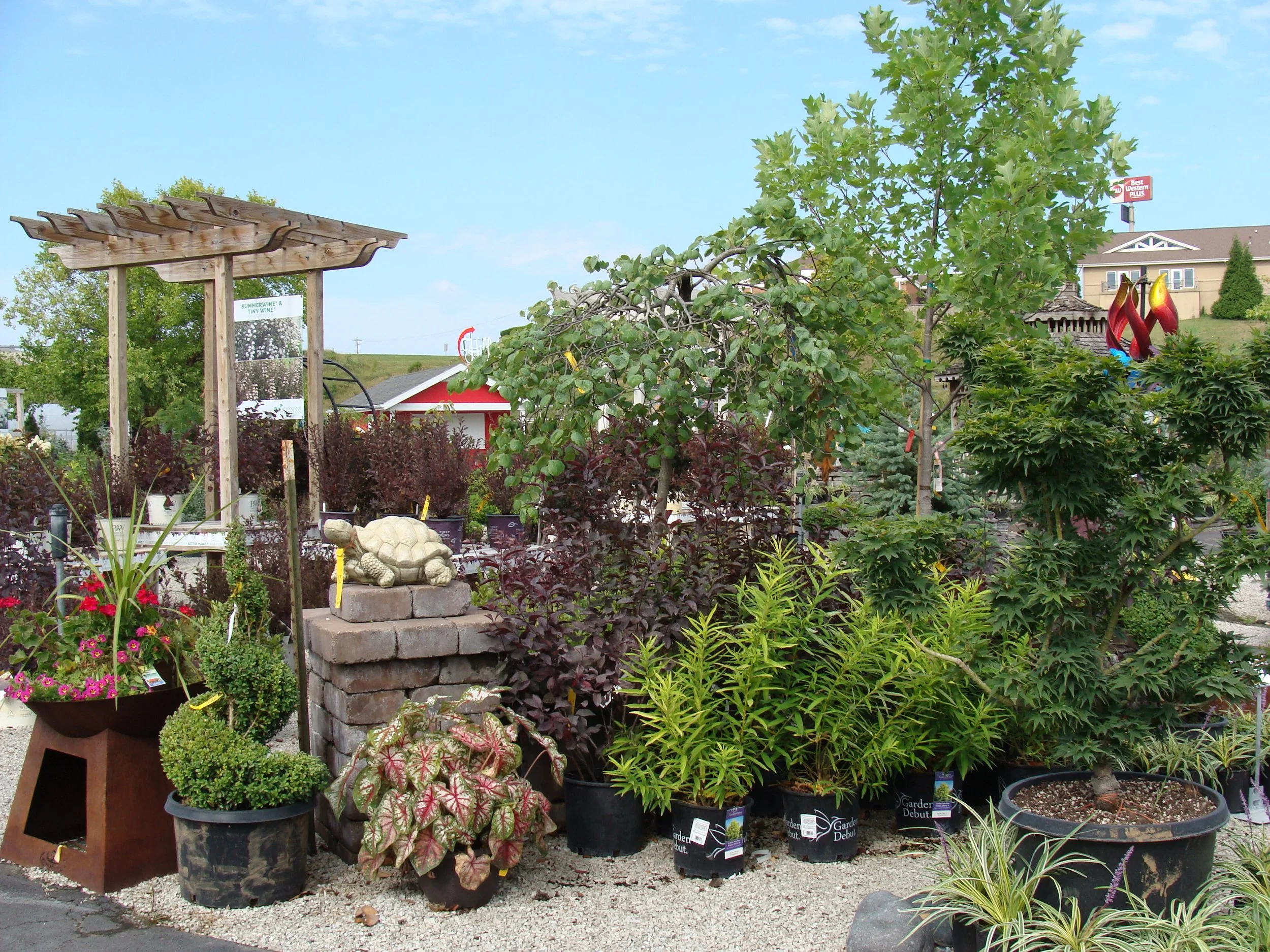Eastern Bluebird
Basics: Eastern Bluebirds are the Missouri state bird. Male bluebirds are a brilliant royal blue on the back and head, and warm red-brown on the breast. Blue tinges in the wings and tail give the grayer females an elegant look. This species of bird is one of our favorites along with the Cardinal.
Housing: Eastern Bluebirds don’t often visit feeders, but they are a great prospect for nest boxes if you have the space to put one up in your yard, and if your yard isn’t too hemmed in by trees or houses. Bluebird houses that are available in the garden center or one built to suit them are best. They need a smaller entryway and a deeper nest box. The houses should also be cleaned out before each nesting season. The bluebird houses should be placed 4-7 feet above the ground. Face the houses on fence posts or tree trunks that face south to protect them from the prevailing northern winds.
Food: Their feeder favorites are mealworms and small pieces of fruit or berries, including raisins. When insects and other natural food supplies are scarce, they will also eat small peanut and sunflower kernels, as well as suet. Bluebird feeder types range from dish-style to the predator-resistant, house- style.
How to attract: Offer mealworms, (available dried or live). Put a birdbath out in your yard (a heated birdbath in winter)! Blue birds are quite attracted to water, especially running water. Above all, patience is required when learning how to attract bluebirds. Bluebirds are very loyal visitors if they find what they need for survival. They are social birds as well, and travel in pairs.
Fact: The oldest recorded Eastern Bluebird was 10 years 5 months old.
Tip: Discourage feral cats, and keep pet cats indoors to decrease the threat to the bluebirds.










